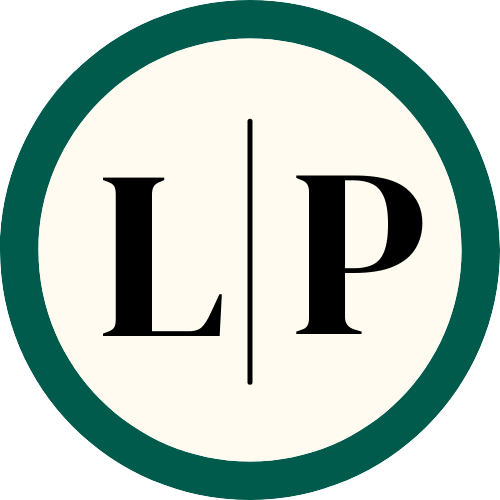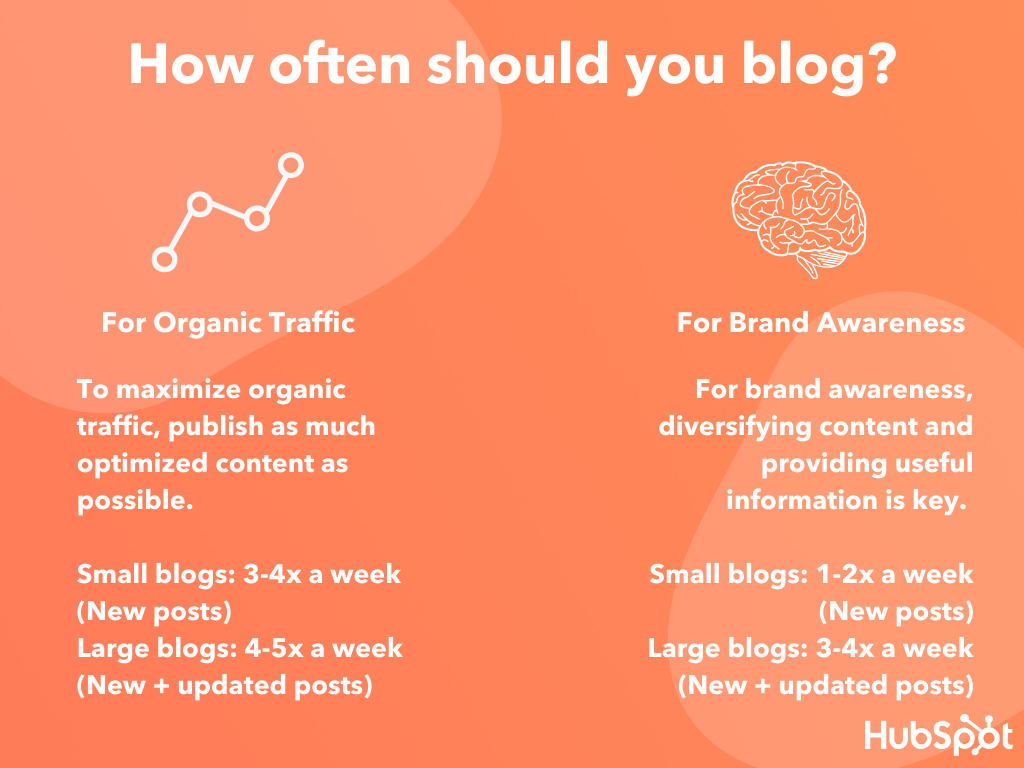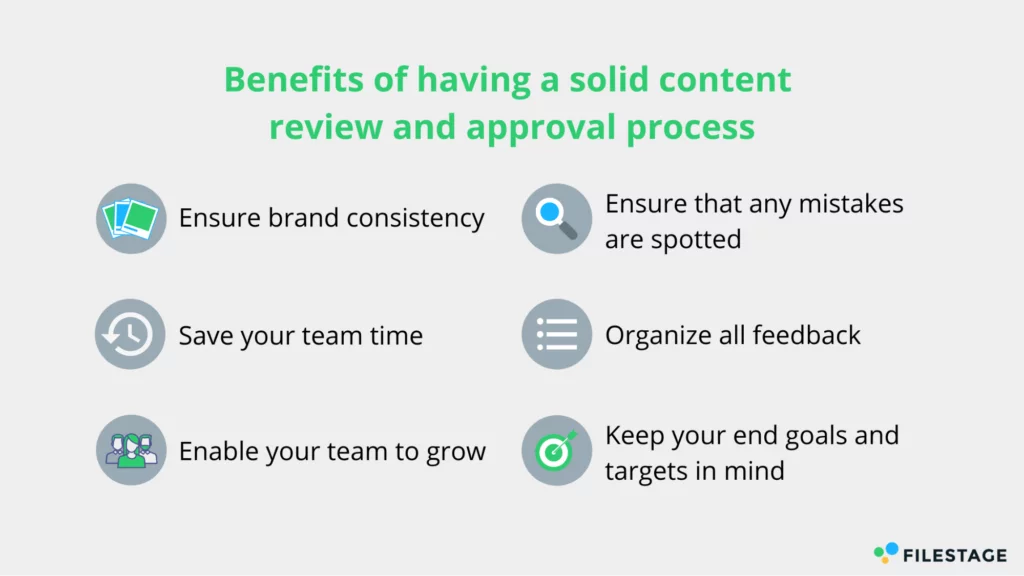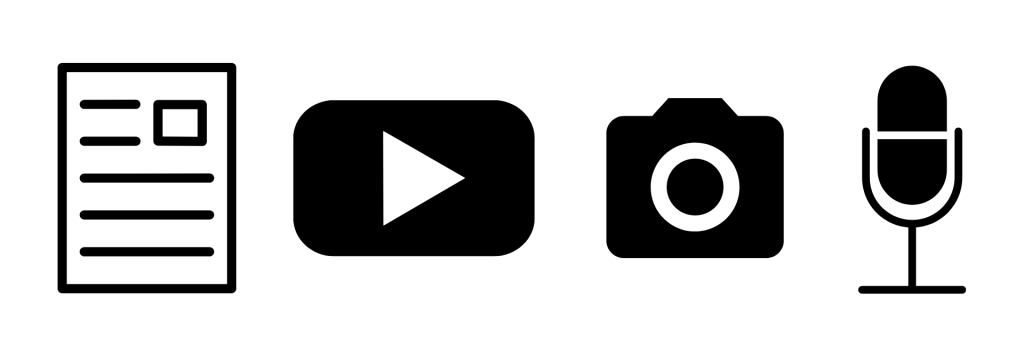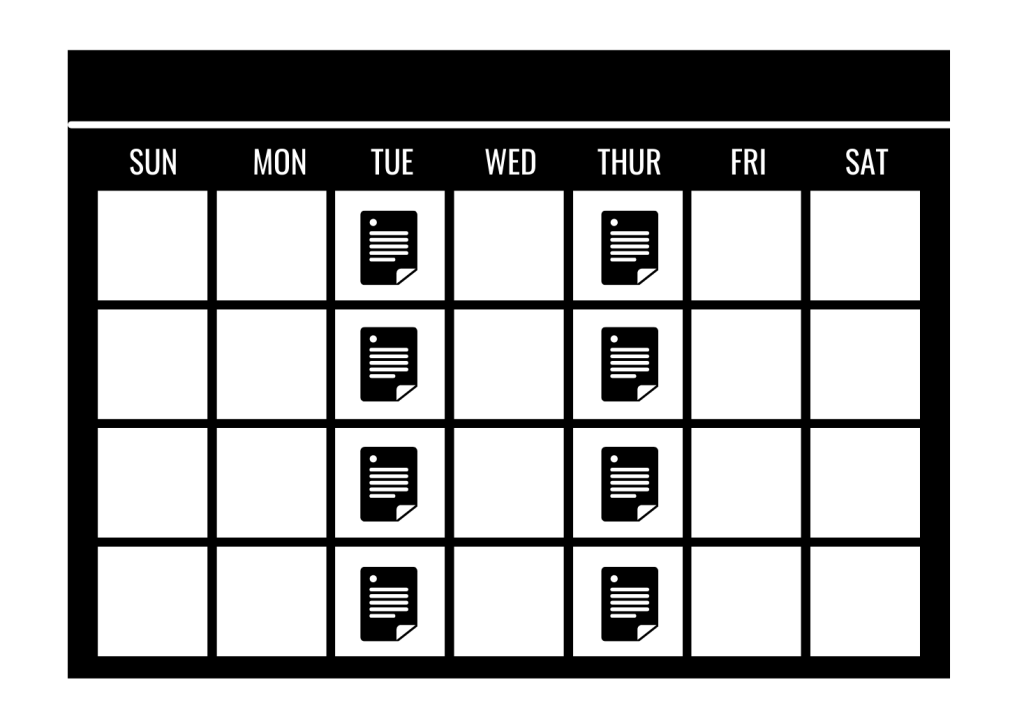How Often Should You Be Posting New Content?
What are some considerations when planning your publishing schedule?
In January 1996, Bill Gates wrote an essay titled “Content is King”, where he famously predicted, “much of the real money” would be made through content on the internet. What’s more exciting, the “broad opportunities” in which anyone and everyone could participate in this game.
“One of the exciting things about the Internet is that anyone with a PC and a modem can publish whatever content they can create… It allows material to be duplicated at low cost, no matter the size of the audience…
Over time, the breadth of information on the Internet will be enormous… I expect it to sweep the world as communications costs come down and a critical mass of localized content becomes available in different countries.”
Fast forward 20+ years, this “prediction” is still very true. We are now living in a world where we receive an enormous amount of content at every single moment. But at the same time, human’s attention span has also tremendously declined—”shorter attention span than a goldfish” they say.
So that makes us wonder, can too much content be a bad thing? What is considered “too much”? Where’s the “sweet spot”?
There is a lot to unravel here. In this article, we will be focusing on the “posting frequency”.
WHAT IS YOUR GOAL?
First, ask yourself. Why are you publishing?
If your main goal is to boost website traffic, build an audience base, and build up organic search volume, you’ll likely be looking at posting weekly. In some cases, posting more than once per week.
The more you publish, the higher chance you can attract new readers and encourage them to check your website regularly. But Moz has also pointed out that some could achieve the goal by posting daily, weekly, or even monthly.
Not only that, you could potentially lose audiences if you are posting daily. Simply because, well, they are also burnt out when it gets “too noisy”.
However, if your aim is to boost your brand awareness and establish a voice in the industry, you might not need to post daily, or even weekly. Instead, focus on content with more in-depth value to build your credibility and authority.
Source: HubSpot
WHAT ARE YOUR RESOURCES?
By “resources”, I’m referring to the manpower you have. By the end of the day, it is your writers and the editorial team who will be producing content.
Note: There are multiple stages in content marketing: Brainstorming, research, writing, editing, publishing, and promotion.
If you are a team of one, you can easily get overwhelmed if you’re cranking up content daily, piece after piece. Even if you have a few team members, burnout could still happen. Not to mention to consider the content review and approval process when planning your publishing schedule. Research and writing take time, but so does review and editing.
Source: Finalstage
Therefore it is important to come up with a publishing schedule and diversify the type of content you are creating. And if you’re starting to stress out due to limited resources, here are a few ways to try and overcome it:
- Break down big topics into multiple articles
- Update your old content
- Utilize user-generated content (UGC)
- Rotate between content types
- Articles—guides, insights, listicles, opinions, etc.
- Mediums—articles, photos, infographic, video
In some cases, you might even want to outsource some to contractors or contributors, or invite guest bloggers to write on your website. Not only is this a great way to supplement your content calendar, but you can also start building partnerships with different businesses and organizations.
WHO ARE YOUR AUDIENCES?
How often you post depends on a few factors. Who is reading or viewing your content? How are they consuming your content? How is your audience digesting your content?
There are all kinds of people with different content consumption preferences. Some prefer reading long content, some prefer short and sweet posts, some like listening to podcasts, some like watching videos. Some are actively engaging with your website content, while some read your article from the beginning till the end.
Do some experiments and take a deep dive into understanding your reader’s behaviors. Track your website metrics and study analytics to find your publishing frequency “sweet spot”. Is there any difference if you increase your frequency, but shorter writing? Similarly, did your traffic drop significantly if you post less but with more content per post?
If metrics show that your visitors are actively engaging with your posts, for instance jumping from one post to another. You might want to post a few times a week to keep up with the appetite.
However, if your audience consists of mainly busy people or people who prefer to engage in deeper and in-depth conversation. Daily publishing might not be an ideal option for you.
MAINTAIN CONSISTENCY
There are a few reasons why you should be publishing regularly. It is important if you wish to improve your readership and build an audience base. It also sends signals to search engines, notifying them that your website is still “well alive” with fresh content pumping out from time to time.
From an audience’s standpoint. Just imagine seeing a website that used to post daily and all of a sudden went radio silent for a period of time. You’ll probably also go “huh?” What is going on?
SO, HOW OFTEN SHOULD YOU BE POSTING?
I know you will probably dislike this, but the answer is “it depends”. It all comes down to a combination of different factors: your goal, your manpower, and your audience group.
It is an answer that requires experimentation. Try adjusting your publishing cycle, publish at a different time of day, or mix up your content type. In most cases, publishing more should lead to an increase in traffic. But that might not directly translate to engagement.
Hence, it is important to take all factors into consideration and strike the balance between quality, quantity, resources, audiences, and goals. I’m sure soon enough you’ll be able to figure out your content strategy too.
Want to start experimenting? First, build a website. For those who are tech-savvy and want more freedom to customize your website, content management systems like WordPress would be your option.
However, if you’re new to this website-building game, I would suggest trying out website builders like Website.com. It is easy to use and free for the most part. And if you want more features and storage for your website, you can always opt to pay at any time.
